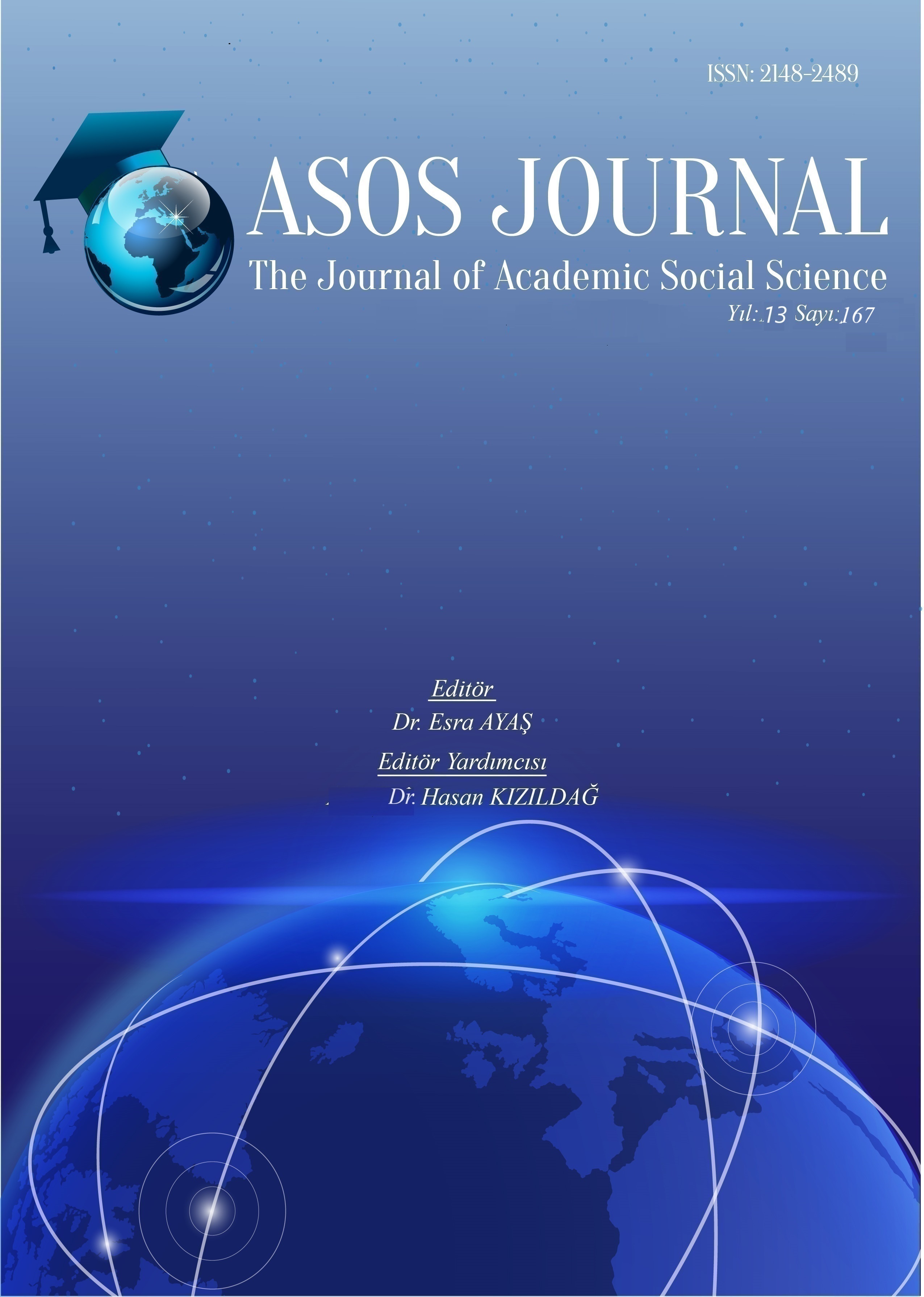Author :
Abstract
Makale kapsamında mimari düşünce Gilles Deleuze ve Felix Guattari’nin felsefesinden temellenen yaşamın oluşsallığı çerçevesinde değerlendirmeye açılır. Makalede savunulan iddia, mimari düşüncenin oluşsallığa dayalı bir edim olarak değerlendirilebileceğidir. Bu kapsamda, makalede edim olarak değerlendirilen mimari düşünce ‘’mimari düşünme edimi’’ olarak adlandırılır. Makalede mimari düşünme ediminin tanımlanmasında en önemli referans Deleuze ve Guattari’nin oluşsal felsefesidir (Deleuze ve Guattari, 1994). Deleuze ve Guattari için düşünme bir edim olarak kavram-düzlemin üretimselliği kapsamında tanımlanabilir (Deleuze ve Guattari, 1994). Bu anlamda, makalede benimsenen yöntemin kavram-düzlemin oluşsallığından temellendiği söylenebilir. Makalenin birinci bölümünde ilk olarak Baruch Spinoza, G.W. Leibniz, Henri Bergson’nun yaşamın oluşsallığına yönelik olan tanımlamalarına ele alınır. Birinci bölümün ikinci kısmında oluşsal felsefe üzerinden düşünceyi bir edim olarak tarifleyen Deleuze ve Guattari’nin felsefi açılımlarına değinilir. Birinci bölümün son kısmında ise mimarlığın oluşsallığına dair en önemli söylemleri üreten mimarlardan birisi olan Peter Eisenman’nın ’Özerklik ve Eleştirel İrade (Autonomy and the Will to the Critical) (Eisenman, 2000)’’ ve ‘’İkinci Dil olarak Mimarlık (Architecture as a Second Language) (Eisenman, 2004)’’ adlı makaleleri değerlendirmeye açılır ve son olarak makalede önerilen mimari oluşsallığın mimari düşünme edimi üzerinden nasıl tanımlanabilir olabileceğine dair çıkarımlar yapılır. Makale çalışmasının ikinci bölümünde ise Colin Rowe ve Robert Slutzky’un ‘’Şeffaflık: Gerçek ve Fenomenal (Transparency: Literal and Phenomenal) (Rowe ve Slutzky, 1964)’’ adlı makalelerinde ele aldıkları ‘’şeffaflık(transparency)’’ kavramı mimari düşünme edimi kapsamında değerlendirilmeye açılır. Sonuç bölümünde ise mimari düşünme ediminin üretimselliğine dair çıkarımlar yapılır. Öz olarak, makalede en temelde hedeflenen şey oluşsal olan mimari düşünme ediminin tanımlanmasına yönelik yeni bir bakış açısı geliştirebilmektir.
Keywords
Abstract
Within the scope of the article, architectural thought is opened to evaluation within the fra-mework of the idea of becoming based on the philosophy of Gilles Deleuze and Felix Guattari. The argument defended in the article is that architectural thought can be evaluated as a becoming act. In this context, architectural thought, which is evaluated as an act in the article, is referred to as the “act of architectural thinking.” The most important reference in defining the act of architectural thinking is Deleuze and Guattari's philosophy of becoming (Deleuze and Guattari, 1994). For Deleuze and Guattari, thinking can be defined as an act within the framework of the productivity of the concept-plane (Deleuze and Guattari, 1994). In this sense, it can be said that the method adopted in the article is based on the becoming of the concept-plane. In the first section of the article, the definitions of the formative nature of life by Baruch Spinoza, G.W. Leibniz, and Henri Bergson are first addressed. The second part of the first section touches on the philosophical developments of Deleuze and Guattari, who define thought as an act through becoming philosophy. The final part of the first section evaluates Peter Eisenman's articles “Autonomy and the Will to the Critical” (Eisenman, 2000) and “Architecture as a Second Language (Eisenman, 2004),” and finally, conclusions are drawn about how the architectural becoming proposed in the article can be defined through the act of architectural thinking. In the second part of the article, the concept of “transparency” discussed in Colin Rowe and Robert Slutzky's article “Transparency: Literal and Phenomenal (Rowe and Slutzky, 1964)” is evaluated in the context of architectural thinking. In the conclusion, inferences are made about the becoming of the act of architectural thinking. In essence, the primary goal of the article is to develop a new perspective on defining the becoming act of architectural thinking.





